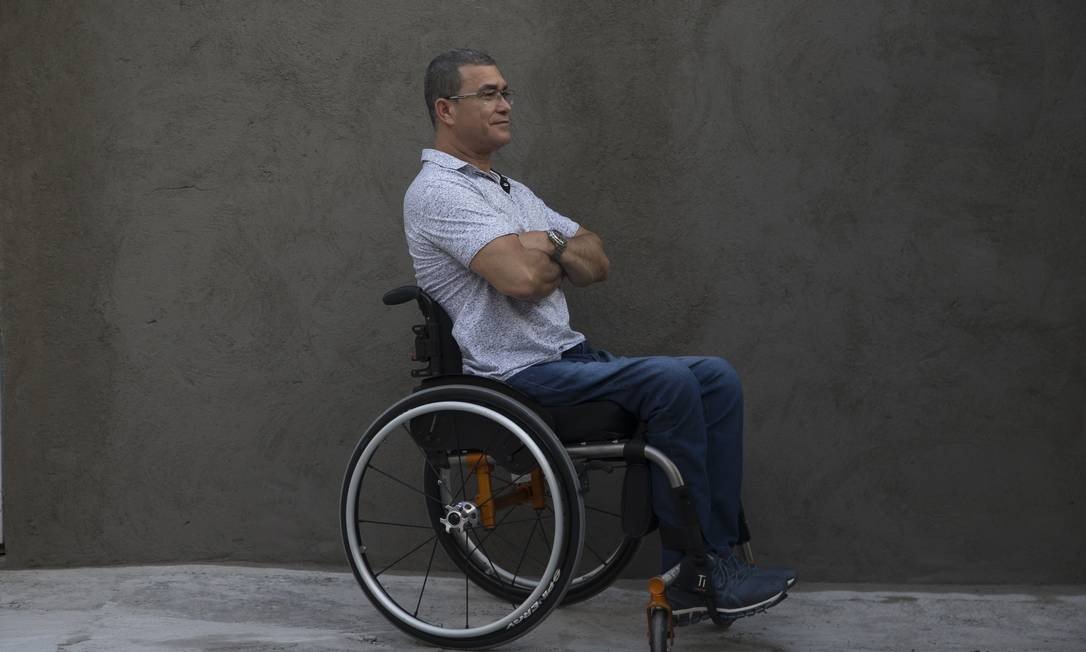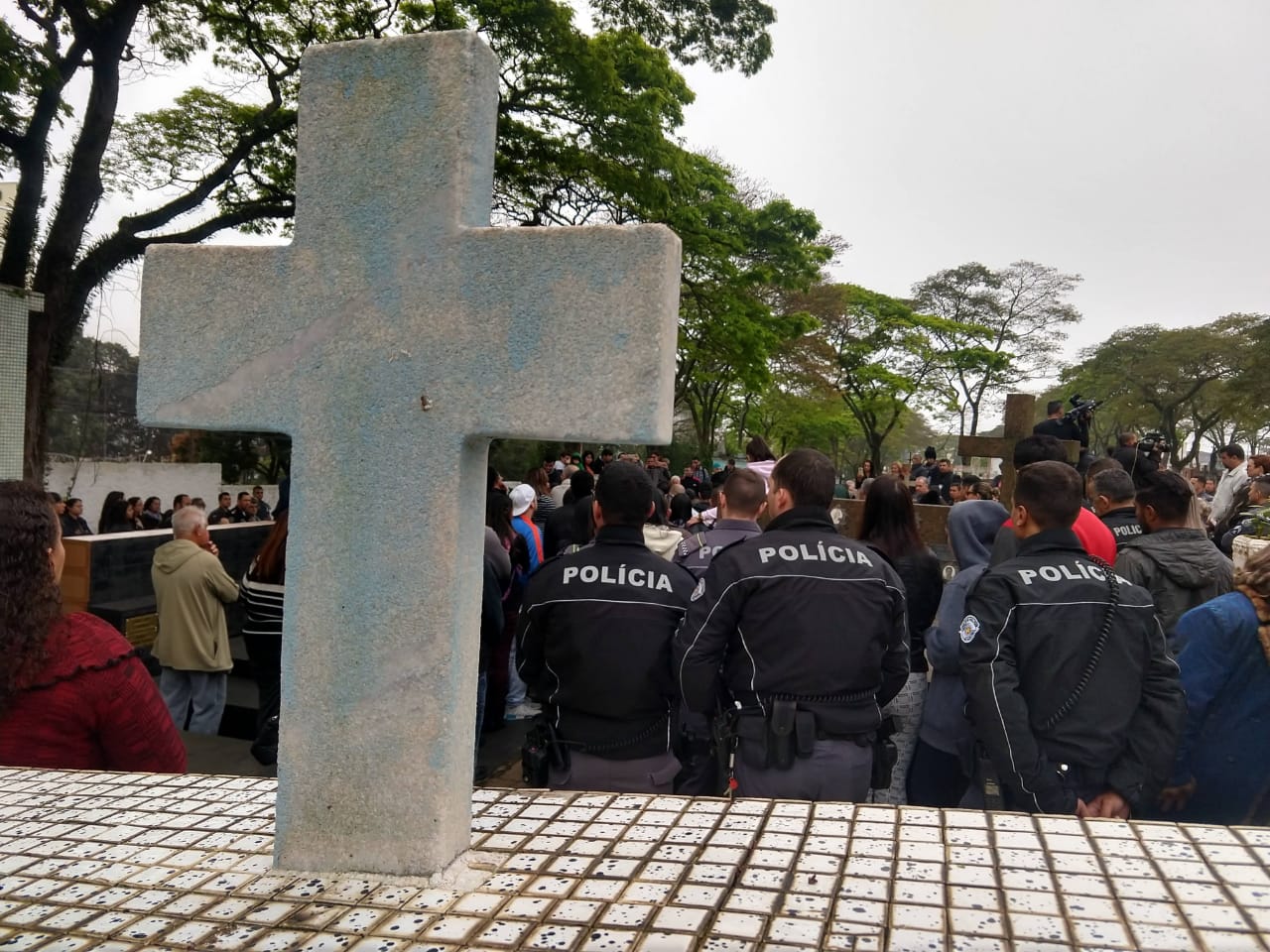RIO DE JANEIRO, BRAZIL – Officer Antônio Figueiredo Sobrinho was chasing a suspect during a stakeout when he was shot in the back by the criminal’s accomplice. At the age of 26, married and father of two babies, he became paraplegic. In despair over his condition, he attempted to end his own life twice in one year. At night, alone in his room, he even pulled the gun he was wearing and pointed it at his head. He gave up on both occasions.
“I thought that by taking my life, everything would be settled. I would bring no more shame to my family. I would no longer have to see my children in need, nor my colleagues organizing a fundraiser to buy me stuff,” recalls the policeman.

Stories like Sobrinho’s are found all over Brazil. In 2018, the number of civil and state police officers who committed suicide was higher than that of those who died on duty, according to data from the 13th Brazilian Annual Report on Public Safety, which was released last Tuesday. There were 104 suicides in Brazil, the equivalent of two officers killed each week. The number rose by over 42.5 percent against 2017, when 73 cases were reported. Over the past year, 87 police officers have been victims of intentional violent crimes (CVLI) – in general, during clashes with criminals.
The myth of the heroic police officer
Elisandro Lotin, president of the Board of Directors of the Brazilian Forum of Public Safety, in charge of the survey, says that the myth of the heroic police officer, who is seen as immune to problems, stressful conditions and indifference on the part of the State to high suicide rates, explains the phenomenon:
“On the one hand, police officers do not ask for help, to avoid being perceived as weak or soft. In some areas, those who withdraw to get treatment have even lost wages. On the other hand, most states do not have a team of psychologists and psychiatrists to provide care to police officers.”
This is the first time that the Brazilian Forum on Public Safety gathers national data on police suicides. According to Lotin, despite being high, the indexes do not reflect reality. He says that many states still do not report the statistics, in order to conceal the issue and avoid having to propose a solution. Others do not even keep count. Suicides, therefore, are underreported.

The increase in suicides among police officers is not a Brazilian phenomenon. A study by the Ruderman Family Foundation has shown that more officers in the United States have died from suicide than while on duty. In 2017, 140 police officers took their lives and 129 died in the line of duty. Researchers cautioned that suicide is the result of a combination of mental disorders, including depression and post-traumatic stress. In the United States, the rate of suicide among police officers is 17 cases per 1,000 inhabitants. For an average citizen, it drops to 13.
An unprecedented study by the São Paulo Police Ombudsman’s Office, scheduled to be released by the end of this month, shows that the majority of suicides in the state are committed by low-ranking police officers – patrolmen, corporals, sergeants, and sub-lieutenants, in the case of State Police; and in the Civil Police by investigators, fingerprint specialists, agents, clerks, among others – aged between 30 and 45 years old. In 85 percent of the cases, firearms are the main method used.
“The use of a firearm is a [distinguishing] feature of police suicides. Even among retirees, the rate is 83 percent. In society as a whole, the number does not reach 50 percent,” says ombudsman Benedito Mariano, in charge of the survey.
Mariano argues that “just as they offer bulletproof vehicles and vests,” institutions should have systemic mental health programs. The forthcoming study will make eight to ten recommendations to the São Paulo Department of Public Safety.
Until he was shot, officer Sobrinho had a dynamic life, liked to play football and run. At the time of the tragedy, because he was shot during off-duty hours, he claims not to have received psychological support from the corporation or financial help. Today, at the age of 56, he is president of the Association of Disabled State Police Officers of São Paulo (APMDFESP). He uses his experience to prevent his colleagues in uniform from replicating his story.
Source: O Globo

